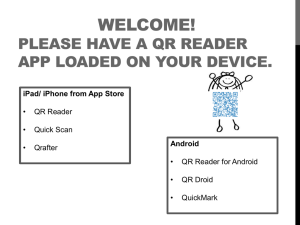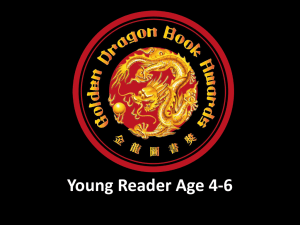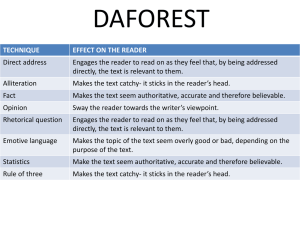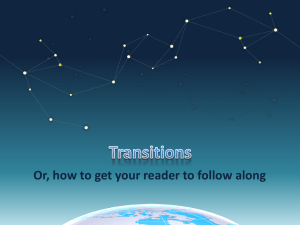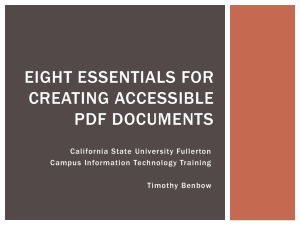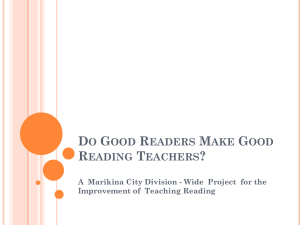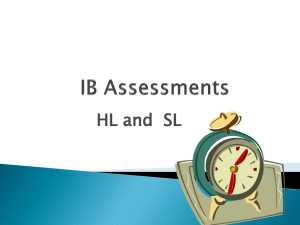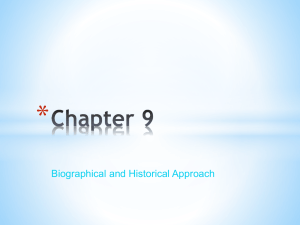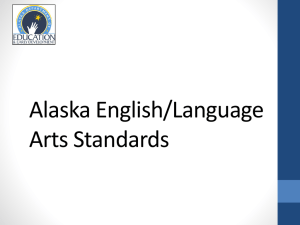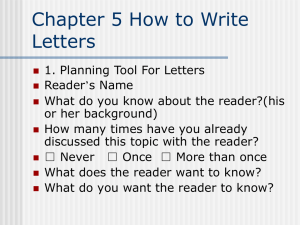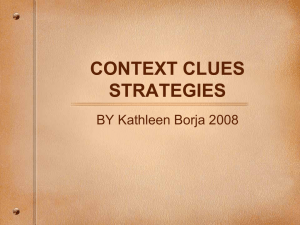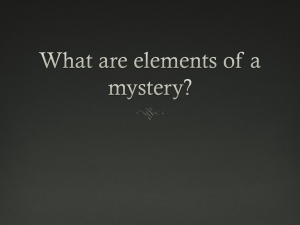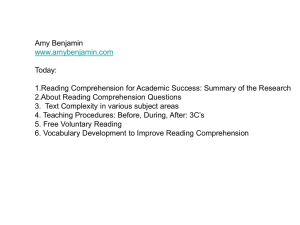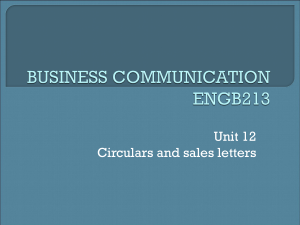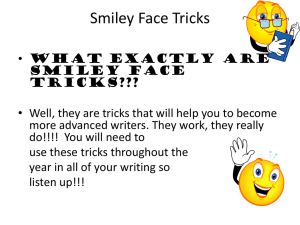Context Clues
advertisement
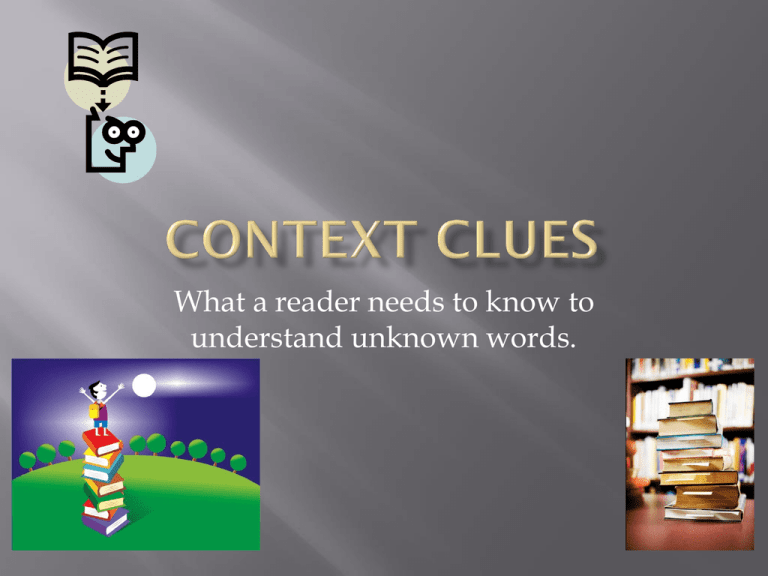
What a reader needs to know to understand unknown words. Context clues are bits of information from the text along with prior knowledge that allow the reader to decide the meaning of unknown words in the text being read. A reader must act like a detective and put together the clues from the text surrounding the unknown word in order to make an intelligent “guess” about the word’s meaning. Writers and authors include words or phrases to help the readers understand the meaning of new or difficult words. The words or phrases are included into the text surrounding the new or difficult word. Readers can make logical guesses about the meaning of a word by being aware of the surrounding text. Definition: Often a sentence will include the actual definition of the word. Example: Many people suffer from acrophobia, the fear of heights, and are not comfortable climbing mountains. The definition is given as an appositive phrase in the sentence. An appositive phrase is a noun phrase that explains a noun. Example: Often a sentence will provide examples and details which help you see and understand the word even if you don’t know the exact definition. Example: Mr. Smith is a recluse. He lives alone in the country and rarely comes to town. The word is explained with examples and details in the following sentence. Synonyms: Like definitions, the sentence includes words that are synonyms to help the reader understand the new or difficult word. Example: After seeing the movie about starving children, we felt compassion and pity for the suffering children. Pity is a synonym for compassion. Antonym or contrast: Sometimes the writer or author uses a contrast or the antonym of an unknown word. Example: Unlike Frank, who is extremely nervous, Benson is placid. Placid has to be the opposite of nervous. Then placid must mean calm or relaxed. Logic: The reader’s prior knowledge is used to help understand words. Example: After hearing the baby cry, the mother put a pacifier in the baby’s mouth. The crying stopped immediately. Prior knowledge about babies helps the reader to understand that a pacifier is the plug or the stopper that is used to calm babies. Latin and Greek word parts: By knowing Latin and Greek stems, prefixes, and suffixes, the reader will have clues about unfamiliar words. Example: While studying marine biology, Cyndi was drawn to cephalopods in particular. By knowing that cephala refers to the head and pod refers to feet, the reader understands that squids and octopi are sea animals with their feet attached to their heads. Parts of speech: By knowing the part of speech of an unknown word, the reader knows more about the word. Example: John got into his jalopy and drove down the road. Since his in front of jalopy, the reader knows that jalopy is a noun. This helps the reader know more about the word.


